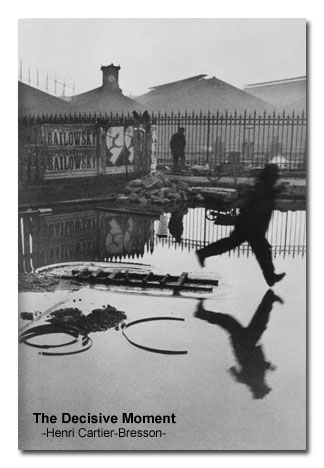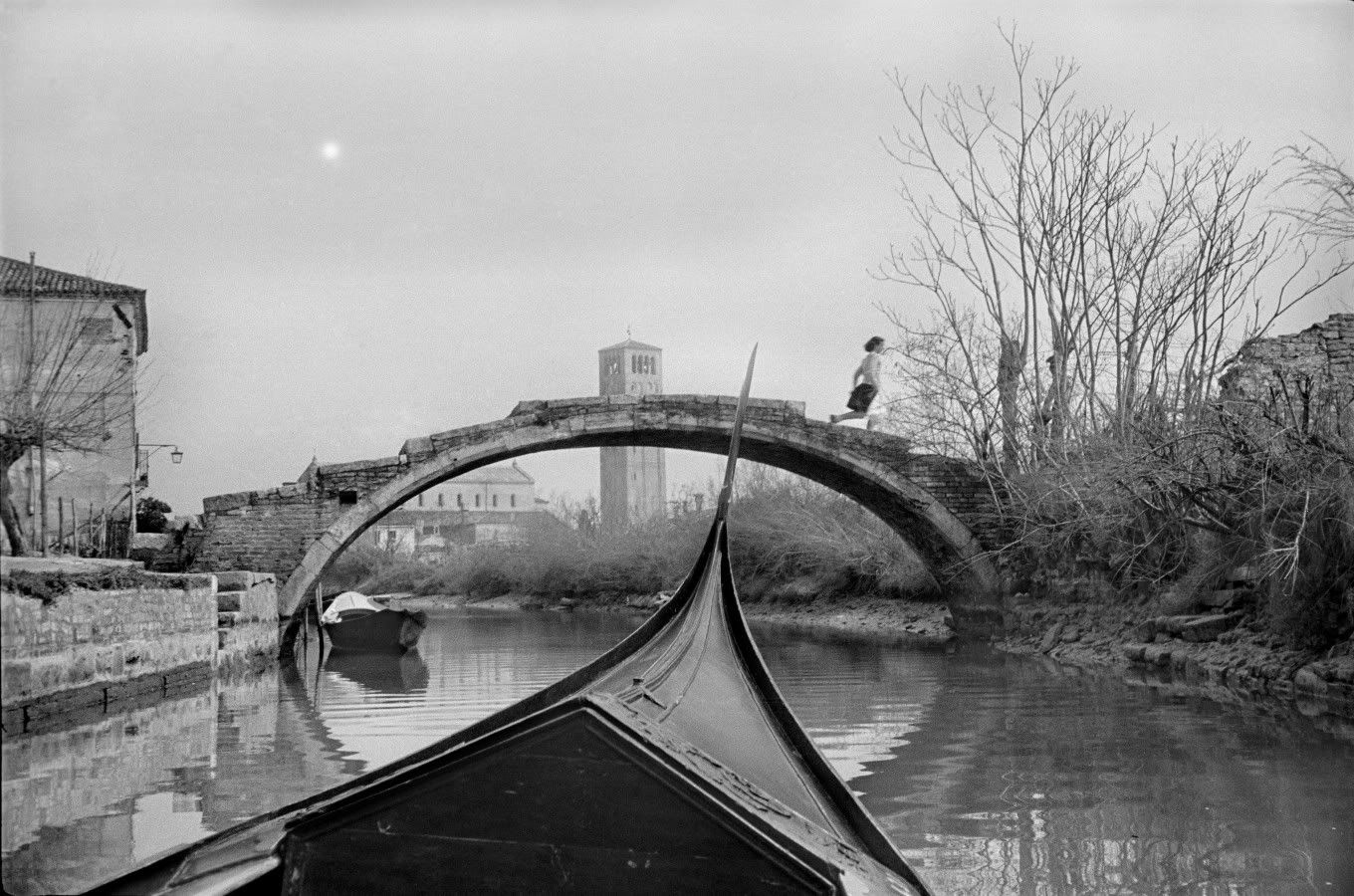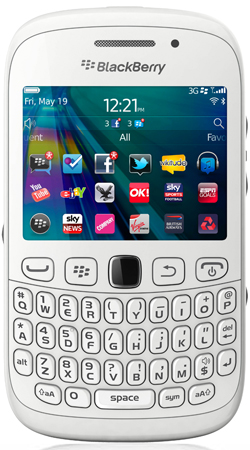

The main difference between the picture and the video is the effect it has on the viewer. When you see the picture you are able to look at it for as long as you want to, you can study it, understand the photograph, imagine you are there, feel the emotion and understand the reality of the situation. When you watch the video you only see it for a split second, meaning you don't actually understand what is going on or the severity of the matter, you just watch the clip and let it go over the top of your head. the image just has a much bigger impact on people as it has paused that one decisive moment in time that is extremely shocking for many people, especially those connected to the Vietnam war.




